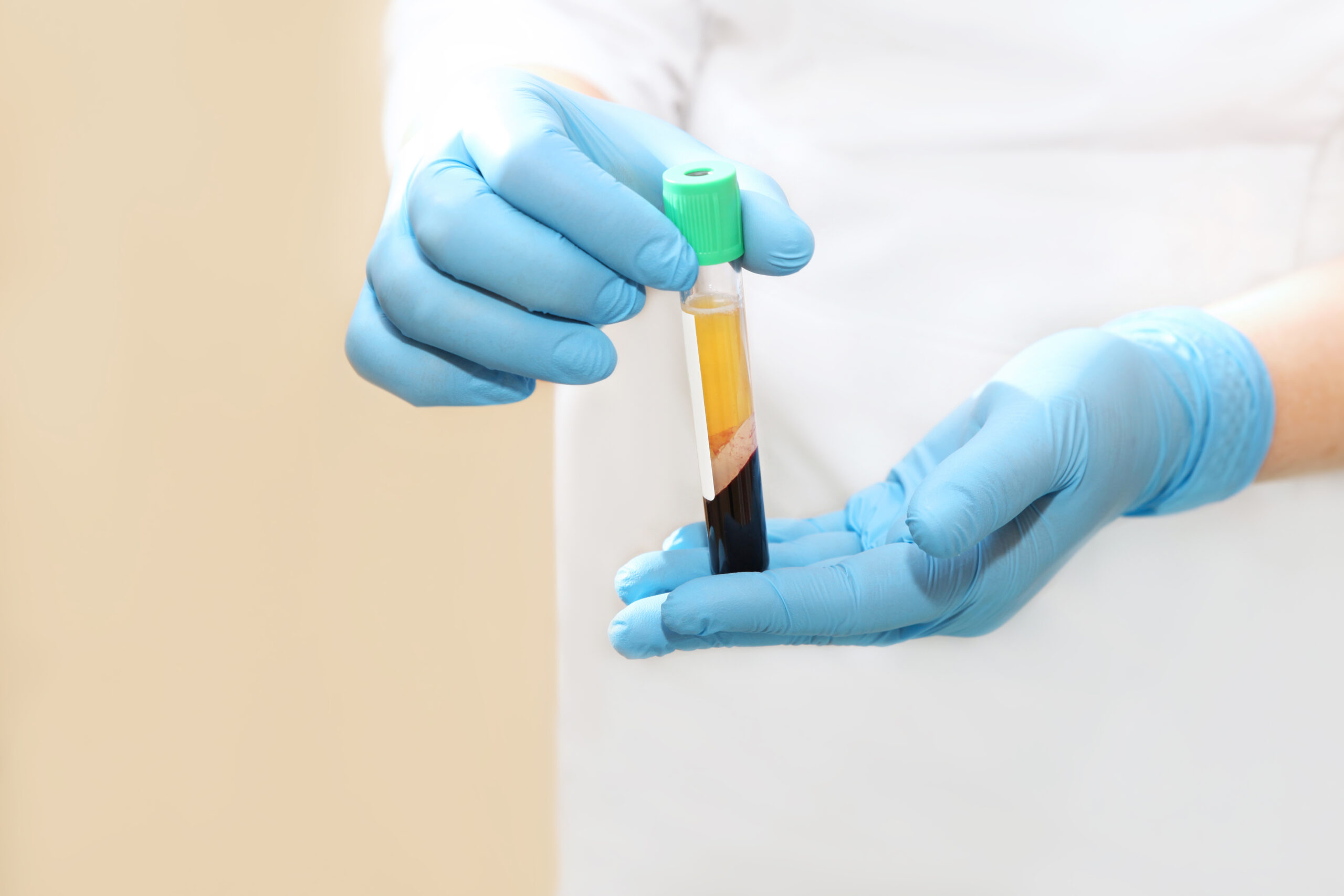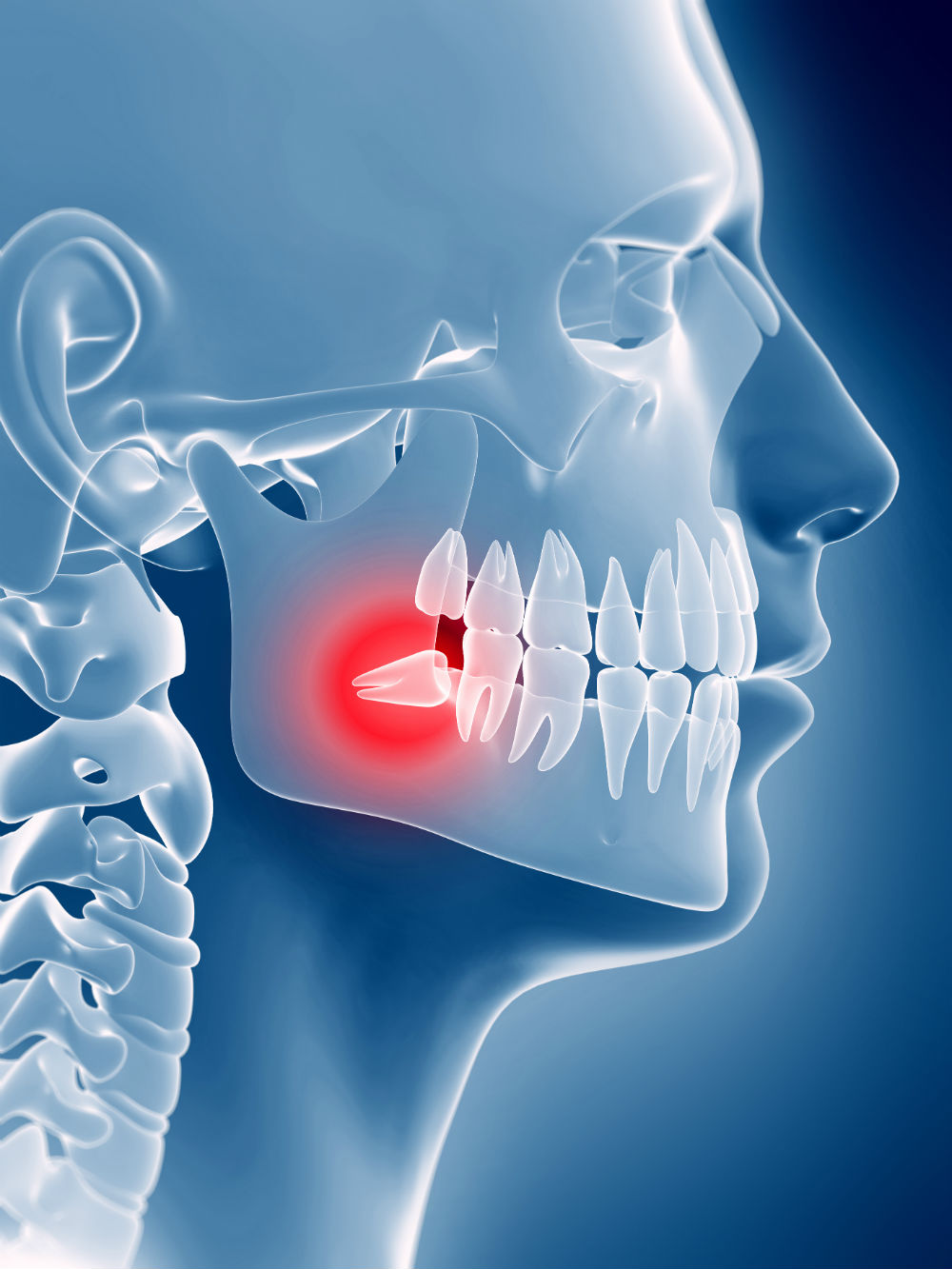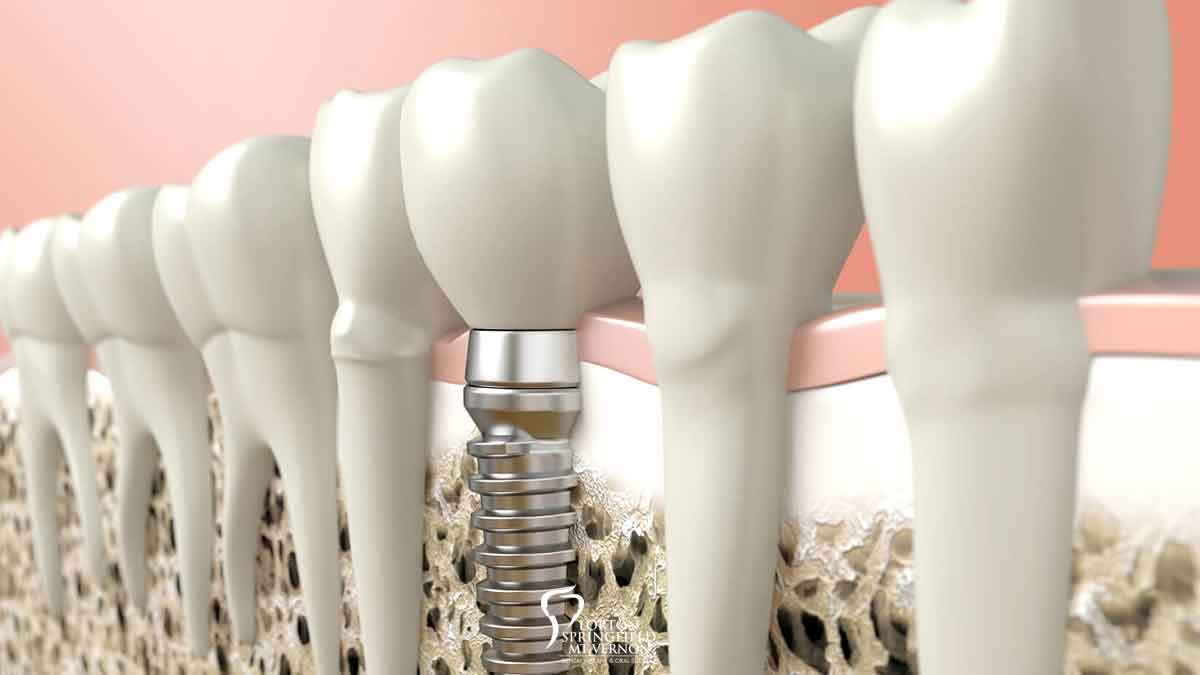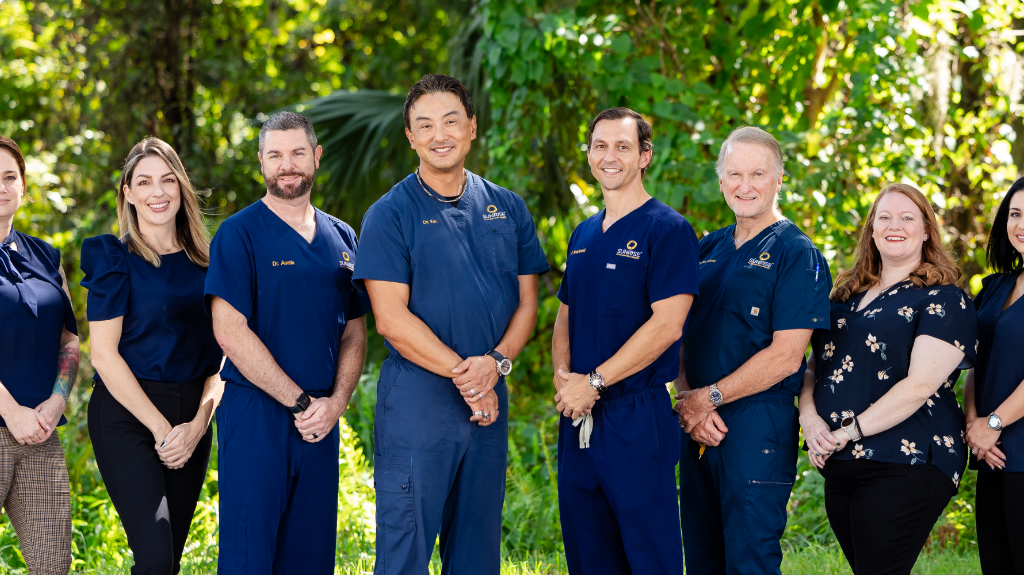This Article Has Been Medically Approved By


Platelet-rich plasma (PRP) has been used for years in cosmetic procedures to regenerate tissue quickly. Today, oral and maxillofacial surgeons are finding the substance beneficial to oral surgery procedures like bone grafts and dental implants.
When applied during these procedures, PRP speeds healing, reduces bleeding, and shows many other benefits to patients. Since it’s harvested from the patient’s own body, there’s no chance of extreme or major side effects.
What is Platelet Rich Plasma?
Plasma is a byproduct of blood. Platelets are the tiny cells found in the blood that help stop bleeding. They essentially create the clot that stops bleeding when an injury or surgical incision occurs. Platelet-rich plasma is created using a centrifuge that separates all the components of blood. In the past, PRP could only be produced in hospitals, but medical advances make it possible to create it in physician and dentist offices.
How is Platelet Rich Plasma Made?
A small amount of blood is drawn from the patient’s body through an IV. Generally speaking, about 55 cc is used for outpatient surgical procedures like dental implants. The blood is spun in a centrifuge, and in less than 15 minutes, PRP is ready to be injected into the surgical site.
What is PRP used for in Oral Surgery?
PRP has many uses in oral and maxillofacial facial surgery. First, when PRP is injected into an empty socket after a tooth extraction, the site heals quicker and the bone regenerates faster than without it. Dental implant surgery also results in better outcomes when PRP is used to coat the metal rod before it is implanted into the gum.
PRP may also be useful in surgeries related to bisphosphonate-related osteonecrosis of the jaws (BRONJ) and other types of bone grafting surgery. However, PRP alone won’t result in bone regrowth. PRP must be combined with the patient’s own bone or a bone substitute to achieve results.
Is PRP Dangerous?
No, it’s not. Creating PRP requires a very small amount of blood to be drawn from the body, so blood loss is not a concern. Additionally, since PRP uses the patient’s own blood, there’s no chance of rejection or an allergic reaction. There have been no published references to infections, disease transmission, or negative immune responses. However, patients with hematologic diseases or bleeding disorders probably won’t qualify for PRP in the office setting.
Advantages of PRP
- It’s safe. PRP is a by-product of the patient’s own blood so compatibility isn’t a concern.
- It’s also convenient. PRP can be created during an outpatient surgical procedure, such as dental implants.
- It doesn’t require pre-treatment or a waiting period.
- It speeds healing. By saturating a surgical site with PRP, tissue synthesizes faster and the wound heals quicker.
- It’s cost-effective. Since PRP can be created in the oral surgeon’s office, patients don’t have to visit a hospital or blood bank to have PRP harvested.
- It enhances oral surgery. PRP makes it easier and more precise to apply bone substitute materials to the mouth since it makes them more like a gel.
PRP in Central Florida
Platelet-rich plasma treatment is offered at both our Brevard County and Rockledge oral surgery practices. In fact, we were the first oral surgeons in Central Florida to incorporate PRP into treatments.
We consistently see good results with PRP. One thing to keep in mind is that most dental insurers don’t cover PRP treatment, so it’s often a cost patients incur out of pocket. But given the positive outcomes and the relatively low cost of PRP treatment, many patients opt to include it as part of their bone graft or dental implant surgery.
To learn more, please contact our office today. Dr. Schmid, Dr. Kim, or Dr. Kossak will be happy to explain the benefits of PRP in more detail and determine if you’re a candidate for this type of treatment.



